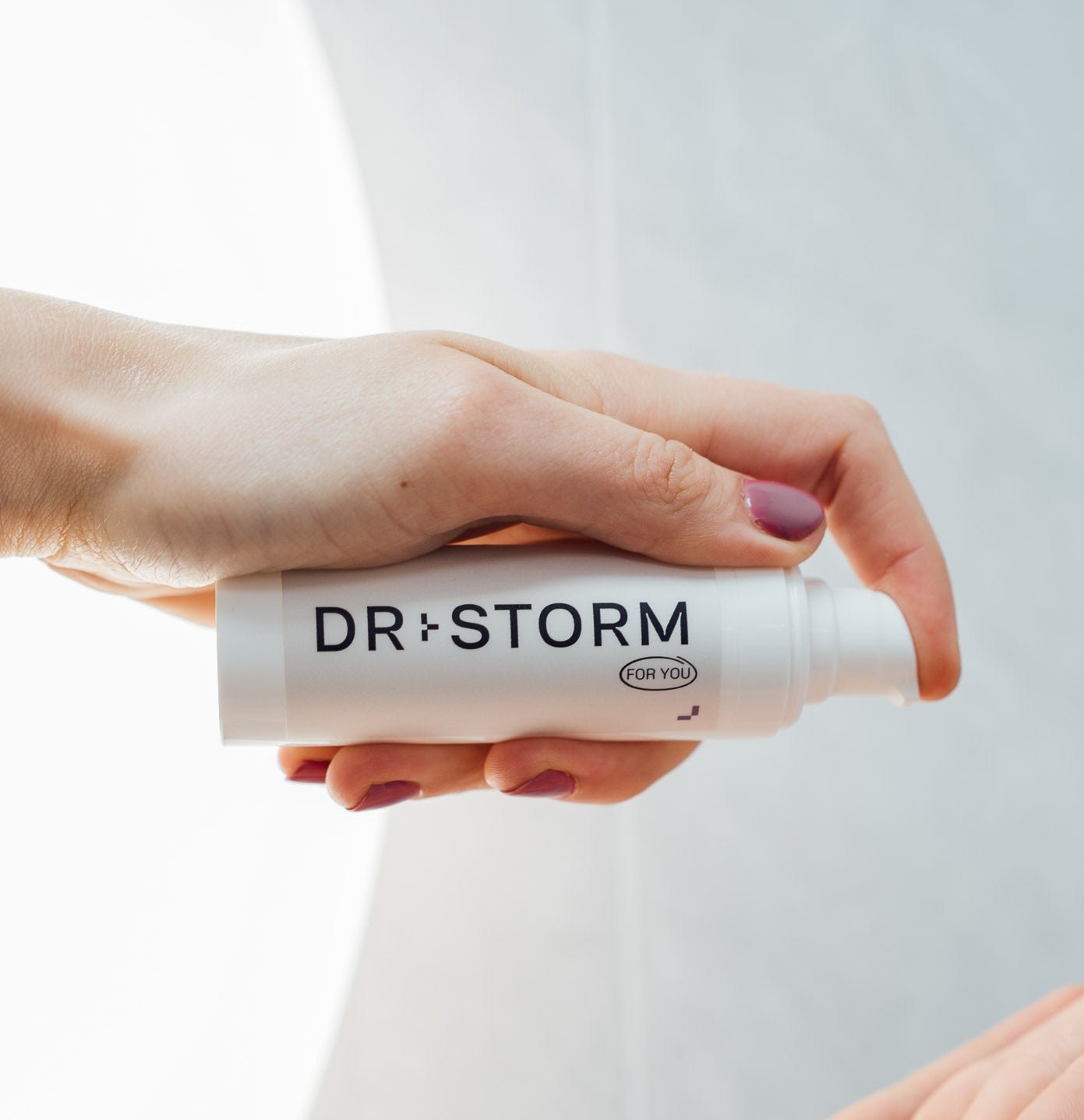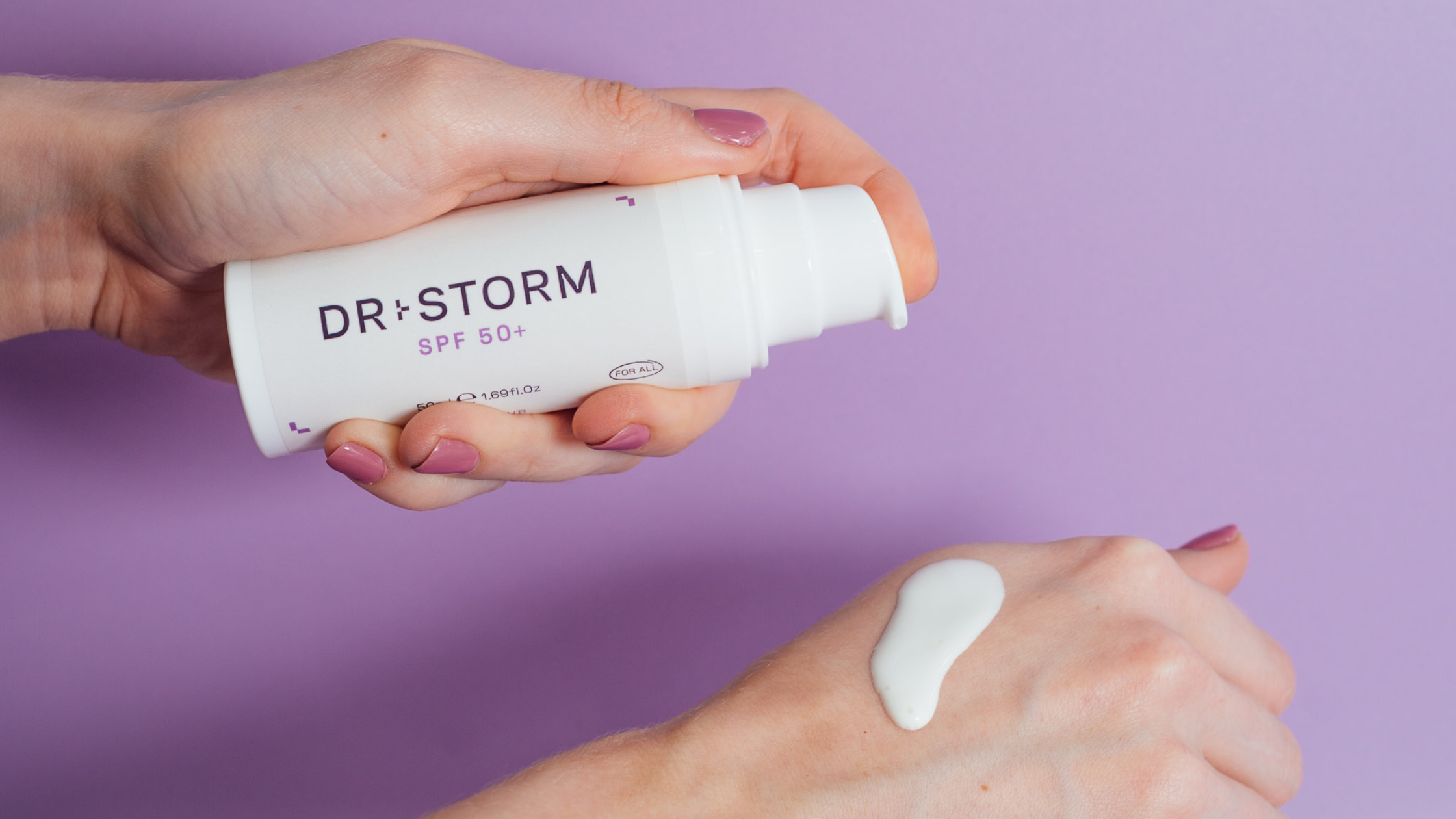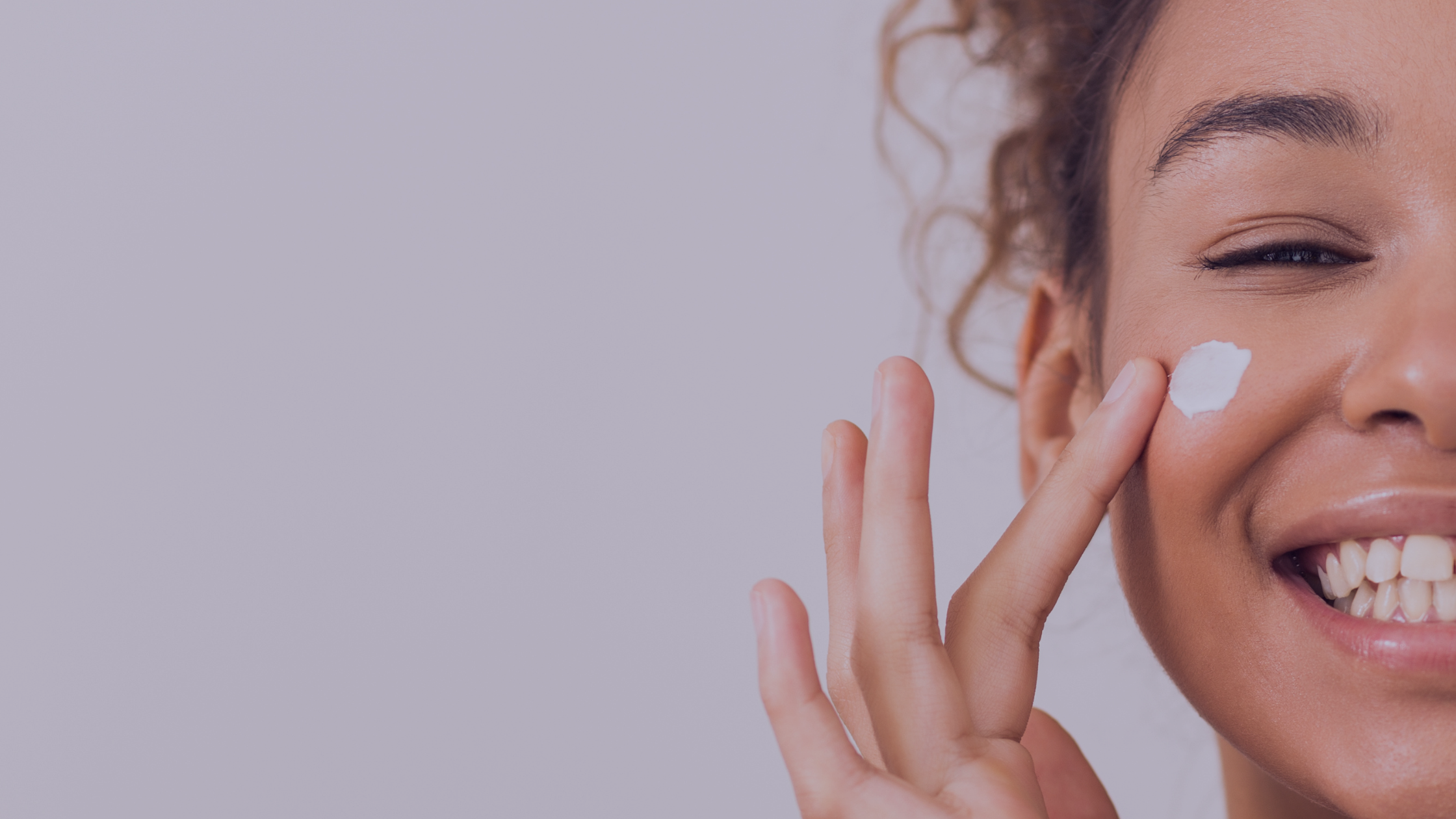How Your Workout Routine Affects Your Skin: The Ultimate Guide to Glowing Health
Have you ever wondered how your workout routine affects your skin? While exercise is often celebrated for its ability to improve overall health and fitness, it also offers remarkable benefits for your skin. From enhancing blood circulation to delivering essential nutrients and oxygen to skin cells, regular physical activity can contribute to a clearer, more radiant complexion. In this blog post, we will explore the various ways in which exercise positively impacts your skin and offer practical tips for incorporating these insights into your routine.
1. Benefits of Exercise on Skin
1.1 Improved Blood CirculationOne of the primary benefits of exercise is its impact on blood circulation. During physical activity, your heart rate increases, enhancing blood flow throughout your body, including your skin. This improved circulation acts as a natural delivery system, transporting essential nutrients and oxygen to skin cells.
But how exactly does this work? Think of your skin as a thriving garden. Just as plants need water and nutrients to flourish, your skin requires a steady supply of oxygen and nutrients to stay healthy and vibrant. Exercise functions like a hose, providing a continuous flow of these vital elements. Enhanced circulation promotes cell regeneration and repair.
Furthermore, better circulation aids in flushing out toxins from your skin. Increased blood flow helps eliminate cellular waste products that can otherwise lead to dull, congested skin. This process acts as a detox for your complexion, clearing impurities and leaving your skin refreshed.
Incorporating regular physical activity into your routine can therefore lead to a noticeable improvement in skin tone and texture. The rosy glow you often see post-workout isn’t just a temporary flush; it’s a sign of your skin benefiting from the increased blood flow. So, whether you’re hitting the gym, going for a run, or practicing yoga, remember that your skin is reaping the rewards too.
Exercise also enhances the delivery of oxygen and nutrients to your skin. As you engage in physical activity, your body's demand for oxygen rises, prompting your cardiovascular system to work more efficiently. This results in a greater supply of oxygen-rich blood reaching your skin, which is crucial for maintaining a glowing complexion.
Your skin cells need a consistent supply of oxygen and nutrients—to function optimally. Exercise ensures these vital supplies are delivered swiftly. Increased blood flow helps transport essential nutrients like vitamins, minerals, and antioxidants directly to your skin cells, supporting their health and repair.
Key nutrients such as Vitamin A, Vitamin C, and antioxidants play crucial roles in skin health. Vitamin A aids in new skin cell production, Vitamin C boosts collagen synthesis for firmer skin, and antioxidants protect against free radical damage. With a steady influx of these nutrients, your skin can better repair itself, fend off environmental damage, and maintain a youthful appearance.
Moreover, the oxygenation that occurs during exercise improves your skin's tone and texture. Oxygen is essential for cellular metabolism, which helps cells convert nutrients into energy. This increased energy helps cells perform their functions more efficiently. Exercise also aids in the removal of dead skin cells, contributing to a fresher, smoother look.
Sweating during exercise is not just a sign of physical effort; it’s also a powerful mechanism for detoxifying your skin. When you sweat, your pores open up, allowing trapped dirt, oil, and other impurities to be expelled. This helps prevent clogged pores, a common cause of acne and other blemishes.
Sweating also helps to remove toxins accumulated from environmental exposure and diet. As you engage in physical activity and sweat, your body releases these toxins through your skin, leading to a natural detoxification effect. This process not only benefits your overall health but also enhances your skin's clarity and brightness.
In addition to detoxifying, sweating helps balance your skin’s pH levels. Sweat contains small amounts of urea and lactic acid, which can help maintain the skin’s natural acidity. This prevents the overgrowth of harmful bacteria and supports the skin’s barrier function, promoting healthier skin.
2. Exercise and Skin Appearance
2.1 Glowing SkinOne of the most immediate and noticeable benefits of exercise is the coveted "post-workout glow." This radiant complexion isn’t just a fleeting blush from physical exertion; it signifies that your skin is thriving from the inside out. But what causes this glow, and how can you make it a regular part of your skincare routine?
During exercise, your heart rate increases, boosting blood circulation throughout your body, including your skin. This surge in blood flow delivers more oxygen and nutrients to your skin cells, helping them repair and regenerate. Additionally, improved circulation helps flush out toxins and cellular debris.
Sweating also contributes to glowing skin. As you sweat, your pores open up, releasing trapped dirt and oils that can cause dullness and congestion. This natural cleansing process leaves your skin looking fresh and rejuvenated. The endorphins released during exercise reduce stress, which can often manifest as tension and dullness on your face. The combined effects of better circulation, detoxification, and stress reduction contribute to that healthy, post-workout glow.
Regular exercise can be a powerful ally in reducing acne. Exercise helps reduce acne by lowering stress levels. Stress is a known trigger for acne, as it increases cortisol production, leading to heightened oil production and inflammation in the skin. Engaging in physical activity reduces cortisol levels and boosts endorphin production, which helps combat stress and its skin-related side effects.
Additionally, exercise promotes hormonal balance, which is crucial for clear skin. Hormonal imbalances, particularly fluctuations in androgens, can lead to increased oil production and acne. Regular physical activity helps regulate these hormones, reducing the likelihood of breakouts. Enhanced circulation from exercise also delivers more oxygen and nutrients to your skin, aiding in the healing of existing acne and preventing new blemishes.
Exercise has significant anti-aging effects on your skin. One of the primary benefits is its ability to boost collagen production. Collagen, a protein that provides structure and elasticity to your skin, naturally declines with age, leading to wrinkles and sagging. Regular exercise stimulates collagen production, helping maintain skin elasticity and reduce the appearance of fine lines and wrinkles.
Exercise also promotes better skin cell turnover. Increased blood flow speeds up the process of shedding old, dead skin cells and replacing them with new, healthy ones. This keeps your skin looking fresh and vibrant and improves its overall texture and tone.
Furthermore, exercise supports the function of your skin’s barrier. A strong skin barrier is essential for retaining moisture and protecting against environmental damage. The hydration from sweating, coupled with increased nutrient delivery from enhanced circulation, helps keep your skin’s barrier robust and resilient.
In the long term, regular exercise can significantly slow down the ageing process of your skin. By reducing stress, balancing hormones, and improving overall skin health.
3. Potential Negative Effects of Exercise on Skin
While exercise is generally beneficial for your skin, there are potential negative effects to be aware of. Understanding these risks can help you take steps to mitigate them and ensure that your workout routine enhances rather than harms your skin health.
One common issue during intense exercise is dehydration. As you sweat, your body loses not only water but also essential electrolytes. This loss of hydration can lead to dry, flaky skin and exacerbate conditions like eczema and psoriasis.
To prevent dehydration, drink plenty of water before, during, and after your workout. Aim for at least 8 ounces of water every 20 minutes during exercise. Consistently replenishing fluids helps maintain your skin’s moisture balance, keeping it soft and supple.
Exercise can sometimes lead to skin irritation, especially if you have sensitive skin or specific skin conditions. Friction from clothing, equipment, or repetitive movements can cause chafing and irritation. Additionally, sweat can mix with bacteria on your skin, leading to folliculitis or heat rash.
To minimise skin irritation, wear breathable, moisture-wicking fabrics that reduce friction and allow sweat to evaporate quickly. Ensure your workout clothes fit properly and aren’t too tight, as this can exacerbate chafing. After exercising, shower as soon as possible to remove sweat, bacteria, and dirt. Use a gentle cleanser and avoid harsh scrubs to prevent further irritation.
For outdoor workouts, sun damage is a significant risk. Prolonged exposure to UV rays can lead to premature ageing, hyperpigmentation, and an increased risk of skin cancer. Even on cloudy days, UV rays can penetrate your skin and cause damage.
Protect your skin by applying a broad-spectrum sunscreen with an SPF of at least 50. Reapply sunscreen every two hours and after swimming or sweating. Wearing protective clothing, a hat, and sunglasses can also provide additional protection from UV rays. If possible, schedule your outdoor workouts for early morning or late afternoon to minimise sun exposure.
4. Tips for Maximising Skin Benefits from Exercise
4.1 Pre-Workout Skin Care
Opt for a gentle cleanser to remove impurities and apply a lightweight, moisturiser to keep your skin hydrated. If you have specific concerns, such as acne or sensitivity, consult with a medical professional for personalised recommendations.
After exercising, it’s crucial to cleanse your skin to remove sweat, dirt, and bacteria. Use a gentle cleanser and apply a hydrating moisturiser to replenish lost moisture and soothe your skin.
Staying hydrated is essential for both overall health and skin health. Drink water before, during, and after your workout to replace fluids lost through sweating. Additionally, a balanced diet rich in fruits, vegetables, and healthy fats provides the nutrients necessary for healthy skin. Foods high in antioxidants, such as berries, leafy greens, and nuts, support skin repair and protection.
Different types of exercise offer various benefits for your skin. Cardiovascular exercises, such as running or cycling, boost circulation and improve skin tone. Strength training helps increase muscle mass, which can enhance blood flow and support healthy skin. Yoga and stretching improve flexibility and reduce stress, benefiting overall skin health. Choose activities you enjoy to maintain a consistent workout routine and experience the full range of skin benefits.
Conclusion
Incorporating exercise into your daily routine offers numerous benefits for your skin, from improved circulation and detoxification to enhanced collagen production and stress reduction. By understanding how exercise impacts your skin and following practical skincare tips, you can maximise these benefits and enjoy a healthier, more radiant complexion.
Remember, the key to achieving glowing skin through exercise lies in consistency. Embrace regular physical activity, stay hydrated, and prioritise both pre- and post-workout skincare to support your skin’s health and vitality. Your skin will thank you for the effort, revealing a vibrant and youthful glow that reflects your commitment to overall well-being.
References
- Buono, M. J., Claros, R., Deboer, T. and Wong, J. (2007) ‘Na+ secretion rate increases proportionally more than the Na+ reabsorption rate with increases in sweat rate’, Journal of Applied Physiology, 103(3), pp. 990-994.
- Chekroud, S. R., Gueorguieva, R., Zheutlin, A. B., Paulus, M., Krumholz, H. M., Krystal, J. H. and Chekroud, A. M. (2018) ‘Association between physical exercise and mental health in 1·2 million individuals in the USA between 2011 and 2015: a cross-sectional study’, The Lancet Psychiatry, 5(9), pp. 739-746.
- Del Rosso, J. Q. and Kim, G. (2013) ‘The role of skin care as an integral component in the management of acne vulgaris: Part 2: Tolerability and performance of a hydrating cleanser and moisturizer in subjects undergoing active treatment for acne vulgaris’, Clinical, Cosmetic and Investigational Dermatology, 6, pp. 11-15.
- Kavas, N., Cengiz, F. P. and Emiroglu, N. (2016) ‘Sports and Skin: Common Conditions and Preventive Approaches’, Sports Medicine - Open, 2(1), p. 24.
- Löffler, H. and Effendy, I. (2007) ‘Skin pH and skin barrier’, Current Problems in Dermatology, 34, pp. 1-16.
- Rognmo, Ø., Hetland, E., Helgerud, J., Hoff, J. and Slørdahl, S. A. (2004) ‘High-intensity aerobic interval exercise increases VO2max more than moderate-intensity aerobic training’, Journal of Applied Physiology, 96(4), pp. 1287-1294.
- Reilly, T. and Waterhouse, J. (2009) ‘Circadian aspects of body temperature regulation in exercise’, Journal of Aging Research, 2009.







